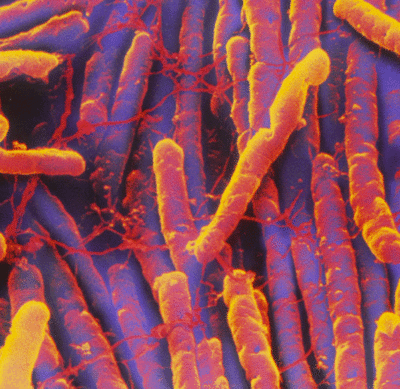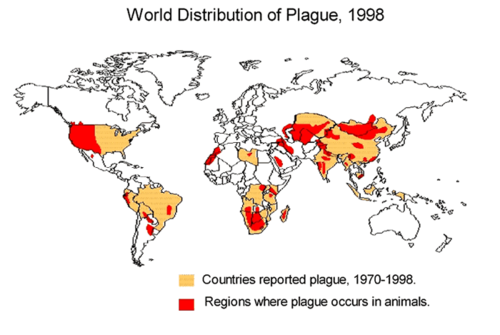Tannerella forsythia: Difference between revisions
From MicrobeWiki, the student-edited microbiology resource
(Created page with "Category:Pages edited by students of Tyrrell Conway at the University of Oklahoma {{curated}} (This allows the page to be edited by anyone) [[Image:OULOGOBIANCO.JPEG(this ...") |
No edit summary |
||
| Line 1: | Line 1: | ||
[[Category:Pages edited by students of Tyrrell Conway at the University of Oklahoma]] | [[Category:Pages edited by students of Tyrrell Conway at the University of Oklahoma]] | ||
{{curated}} | {{curated}} | ||
[[Image:OULOGOBIANCO.JPEG | [[Image:OULOGOBIANCO.JPEG|thumb(this makes it a thumbnail and not the full size image)|230px|left|University of Oklahoma Study Abroad Microbiology in Arezzo, Italy[http://cas.ou.edu/study-abroad/]]] | ||
[[File:Clostridium difficile spore.gif|400px|thumb|right|Scanning electron microscope image of <i>Clostridium difficile</i>. From: Bioquell.com [http://www.bioquell.com/technology/microbiology/clostridium-difficile/]]] | [[File:Clostridium difficile spore.gif|400px|thumb|right|Scanning electron microscope image of <i>Clostridium difficile</i>. From: Bioquell.com [http://www.bioquell.com/technology/microbiology/clostridium-difficile/]]] | ||
==Etiology/Bacteriology== | ==Etiology/Bacteriology== | ||
| Line 21: | Line 21: | ||
===Description=== | ===Description=== | ||
<i>Tannerella forsythia</i> is a gram-negative rod-shaped bacterium that aids in the development of periodontal diseases. | |||
==Pathogenesis== | ==Pathogenesis== | ||
| Line 41: | Line 41: | ||
===Virulence factors=== | ===Virulence factors=== | ||
====Trypsin-like protease==== | |||
====Sialidase==== | |||
====BspA protein==== | |||
====alpha-D-glucosidase==== | |||
====hemagglutinin==== | |||
====apoptosis-inducing activity==== | |||
==Clinical features== | ==Clinical features== | ||
Revision as of 15:53, 22 July 2014

Scanning electron microscope image of Clostridium difficile. From: Bioquell.com [2]
Etiology/Bacteriology
Taxonomy
| Domain = Bacteria | Phylum = Proteobacteria | Class = Gammaproteobacteria | Order = Enterobacteriales | Family = Enterobacteriaceae | Genus = Yersinia | species = Yersinia pestis
Description
Tannerella forsythia is a gram-negative rod-shaped bacterium that aids in the development of periodontal diseases.
Pathogenesis
Transmission
Infectious dose, incubation, colonization
Epidemiology
United States
Worldwide
Virulence factors
Trypsin-like protease
Sialidase
BspA protein
alpha-D-glucosidase
hemagglutinin
apoptosis-inducing activity
Clinical features
Symptoms
Bubonic Plague
Septicemic Plague
Pneumonic Plague
Morbidity and Mortality
Diagnosis
Treatment
Prevention
Host Immune Response
Attack on Adaptive Immune Response
Host Immune Response
References
1. Gross L. How the plague bacillus and its transmission through fleas were discovered: reminiscences from my years at the Pasteur Institute in Paris. Proc Natl Acad Sci USA 1995 15;92(17):7609-11.
2. Centers for Disease Control and Prevention. Plague: Ecology and Transmission. [<http://www.cdc.gov/plague/transmission/>].
Created by {Krishna Manohar}, students of Tyrrell Conway at the University of Oklahoma.
![University of Oklahoma Study Abroad Microbiology in Arezzo, Italy[1]](/images/7/7c/OULOGOBIANCO.JPEG)

